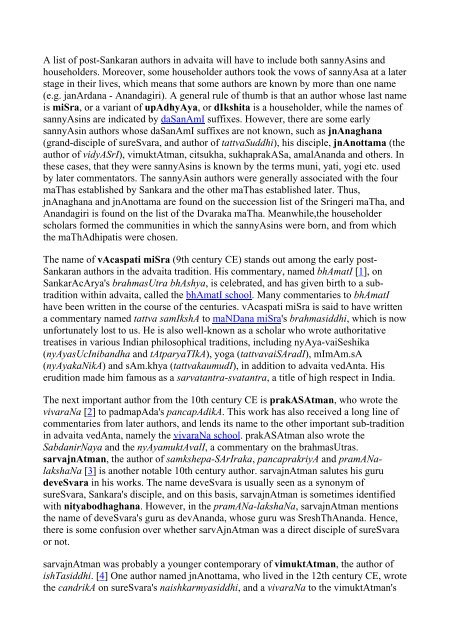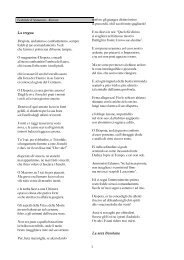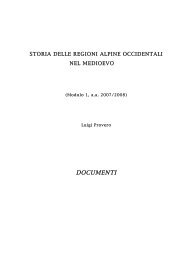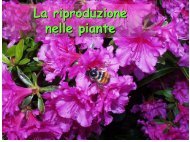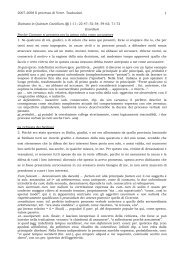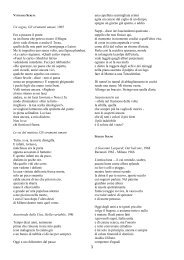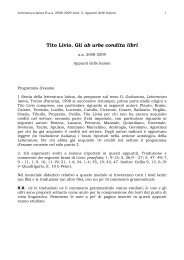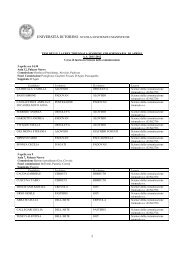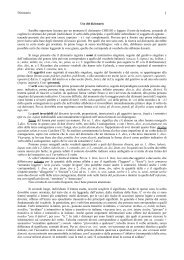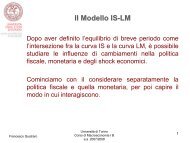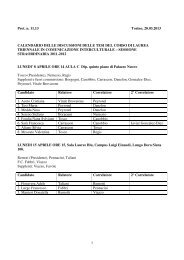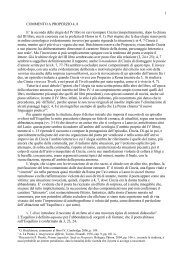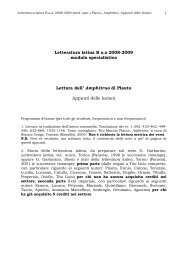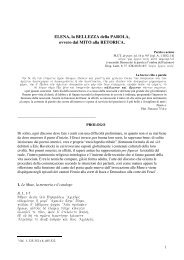ajAti vAda
ajAti vAda
ajAti vAda
You also want an ePaper? Increase the reach of your titles
YUMPU automatically turns print PDFs into web optimized ePapers that Google loves.
A list of post-Sankaran authors in advaita will have to include both sannyAsins and<br />
householders. Moreover, some householder authors took the vows of sannyAsa at a later<br />
stage in their lives, which means that some authors are known by more than one name<br />
(e.g. janArdana - Anandagiri). A general rule of thumb is that an author whose last name<br />
is miSra, or a variant of upAdhyAya, or dIkshita is a householder, while the names of<br />
sannyAsins are indicated by daSanAmI suffixes. However, there are some early<br />
sannyAsin authors whose daSanAmI suffixes are not known, such as jnAnaghana<br />
(grand-disciple of sureSvara, and author of tattvaSuddhi), his disciple, jnAnottama (the<br />
author of vidyASrI), vimuktAtman, citsukha, sukhaprakASa, amalAnanda and others. In<br />
these cases, that they were sannyAsins is known by the terms muni, yati, yogi etc. used<br />
by later commentators. The sannyAsin authors were generally associated with the four<br />
maThas established by Sankara and the other maThas established later. Thus,<br />
jnAnaghana and jnAnottama are found on the succession list of the Sringeri maTha, and<br />
Anandagiri is found on the list of the Dvaraka maTha. Meanwhile,the householder<br />
scholars formed the communities in which the sannyAsins were born, and from which<br />
the maThAdhipatis were chosen.<br />
The name of vAcaspati miSra (9th century CE) stands out among the early post-<br />
Sankaran authors in the advaita tradition. His commentary, named bhAmatI [1], on<br />
SankarAcArya's brahmasUtra bhAshya, is celebrated, and has given birth to a subtradition<br />
within advaita, called the bhAmatI school. Many commentaries to bhAmatI<br />
have been written in the course of the centuries. vAcaspati miSra is said to have written<br />
a commentary named tattva samIkshA to maNDana miSra's brahmasiddhi, which is now<br />
unfortunately lost to us. He is also well-known as a scholar who wrote authoritative<br />
treatises in various Indian philosophical traditions, including nyAya-vaiSeshika<br />
(nyAyasUcInibandha and tAtparyaTIkA), yoga (tattvavaiSAradI), mImAm.sA<br />
(nyAyakaNikA) and sAm.khya (tattvakaumudI), in addition to advaita vedAnta. His<br />
erudition made him famous as a sarvatantra-svatantra, a title of high respect in India.<br />
The next important author from the 10th century CE is prakASAtman, who wrote the<br />
vivaraNa [2] to padmapAda's pancapAdikA. This work has also received a long line of<br />
commentaries from later authors, and lends its name to the other important sub-tradition<br />
in advaita vedAnta, namely the vivaraNa school. prakASAtman also wrote the<br />
SabdanirNaya and the nyAyamuktAvalI, a commentary on the brahmasUtras.<br />
sarvajnAtman, the author of samkshepa-SArIraka, pancaprakriyA and pramANalakshaNa<br />
[3] is another notable 10th century author. sarvajnAtman salutes his guru<br />
deveSvara in his works. The name deveSvara is usually seen as a synonym of<br />
sureSvara, Sankara's disciple, and on this basis, sarvajnAtman is sometimes identified<br />
with nityabodhaghana. However, in the pramANa-lakshaNa, sarvajnAtman mentions<br />
the name of deveSvara's guru as devAnanda, whose guru was SreshThAnanda. Hence,<br />
there is some confusion over whether sarvAjnAtman was a direct disciple of sureSvara<br />
or not.<br />
sarvajnAtman was probably a younger contemporary of vimuktAtman, the author of<br />
ishTasiddhi. [4] One author named jnAnottama, who lived in the 12th century CE, wrote<br />
the candrikA on sureSvara's naishkarmyasiddhi, and a vivaraNa to the vimuktAtman's


